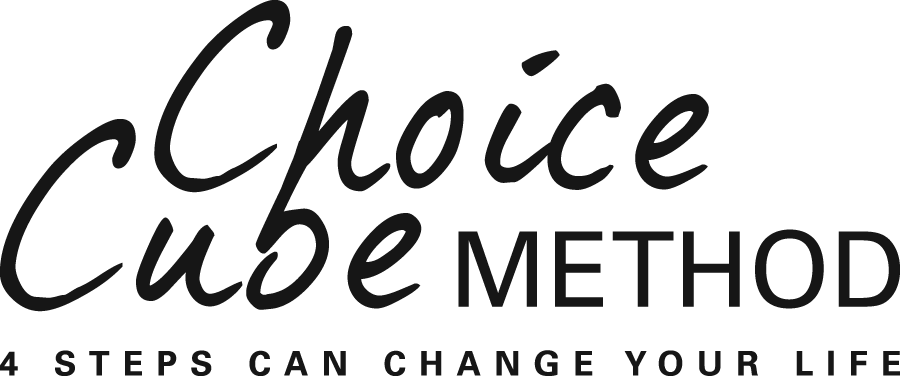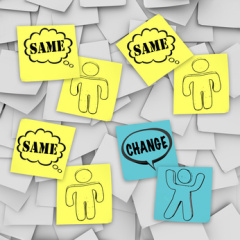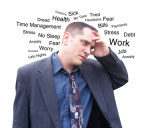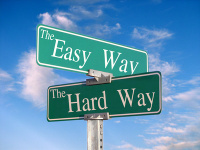Get that Paper Bag Off Your Head!
/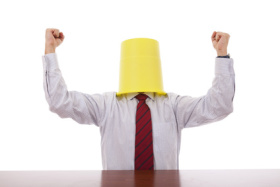 Howard just lay there in bed. He knew he had to go to work. But he felt so anxious and depressed, he didn't want to move. It felt like he had a paper bag over his head, and he didn't know why.
Howard just lay there in bed. He knew he had to go to work. But he felt so anxious and depressed, he didn't want to move. It felt like he had a paper bag over his head, and he didn't know why.
STUCK OR UNSTUCK? Have you ever awakened feeling out of sorts, not knowing why? When this happened, weren't you tempted to focus on how bad you felt? The danger is, of course, getting stuck inside that brown bag on a mental merry-go-round.
YOU CAN GET UNSTUCK Yet, there is a way to get unstuck right away. Start with these two simple questions: What am I feeling? and What do I want? can make a difference.
LABEL THAT FEELING! Yes, you already know you feel lousy. But when you ask the first question and deliberately label what you are feeling, you can locate that feeling in time and space. You make the emotion concrete–something you can manipulate instead of giving it power to run you... you stop doing the same old thing and do something different.
YOU CAN CHANGE YOUR BRAIN Recent brain research by Matthew Lieberman of the University of California, Los Angeles suggests that simply labeling your feelings—angry, anxious, overwhelmed, sad—changes your brain.
A little almond shaped bundle of nerves, called the amygdala, sits in your emotional brain. It becomes very active when you are upset. Lieberman found that when his research subjects deliberately labeled their feelings, the amygdala began to slow down and “relax.” Also, labeling an emotion engages the thinking part of the brain and better equips you to understand and resolve your problems.
YOU CAN LEARN SOME SIMPLE TOOLS There are simple tools you can learn to help you stay aware of feelings and label them. These tools can also help you to let go of feelings safely and appropriately. “Appropriately” means to express them without hurting yourself or anyone else. Later I'll tell you where you can find those tools.
So label your painful, angry, and overwhelming feelings. Learn to let go of them and engage the thinking part of your brain. Your mind will clear and now, it’s time for the second question: What do I want?
BAD NEWS – GOOD NEWS When you ask this second question, look for personal losses and conflicts. There may be surprises. The bad news is that often, emotions help you avoid knowing things you are not ready to face. The good news is that when you release those emotions in an appropriate fashion, the door usually opens to new understanding. This includes knowing what you really want.
EMOTIONS AND THOUGHTS CAN POISON YOU Appropriately managing your negative emotions and thoughts is critical. If you fail to deal with them, they don’t just disappear. They just sit in you. Like bad food, they can poison you until you get them out of you. Whoa, you can become so toxic, confused, and stuck. Why not learn to recognize emotional paper bags and how to get rid of them?
Using the two questions What am I feeling? and What do I want? can help. You can learn about these questions and other things in the book, Become the Person You Were Meant to Be – The Choice-Cube Method. The method presented in the book will give you a mental framework, simple tools, and four steps to help you deal with all kinds of paper bags. You can download the first chapter for free.
